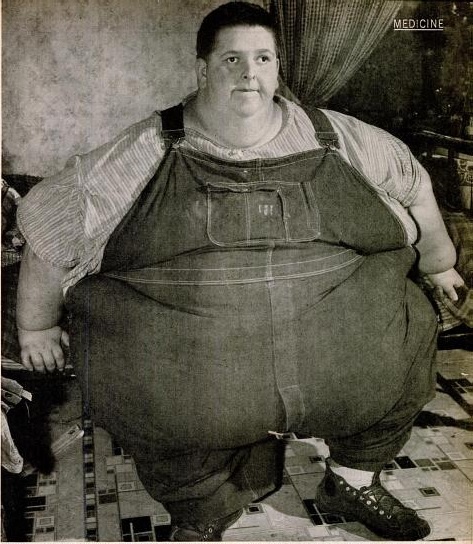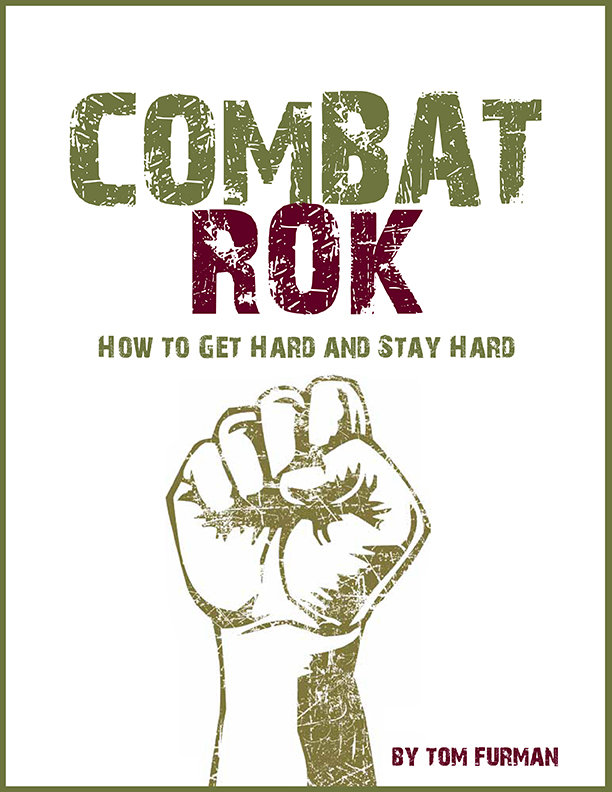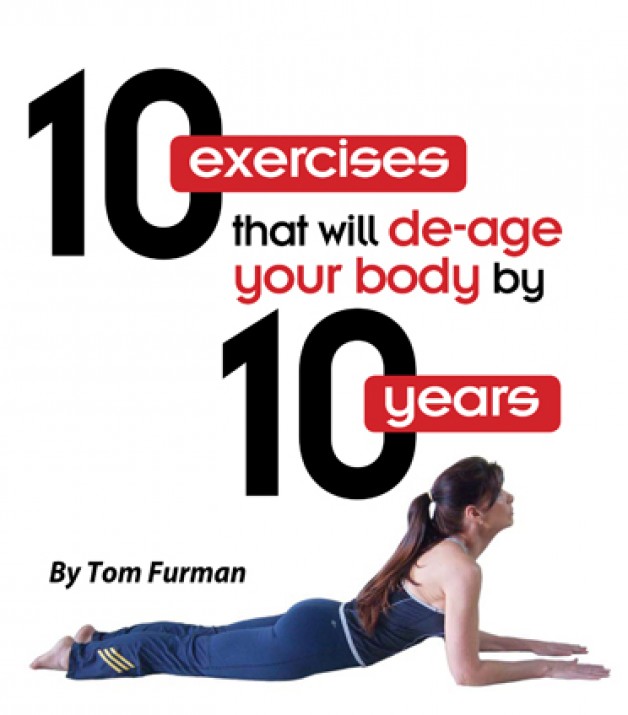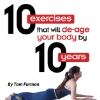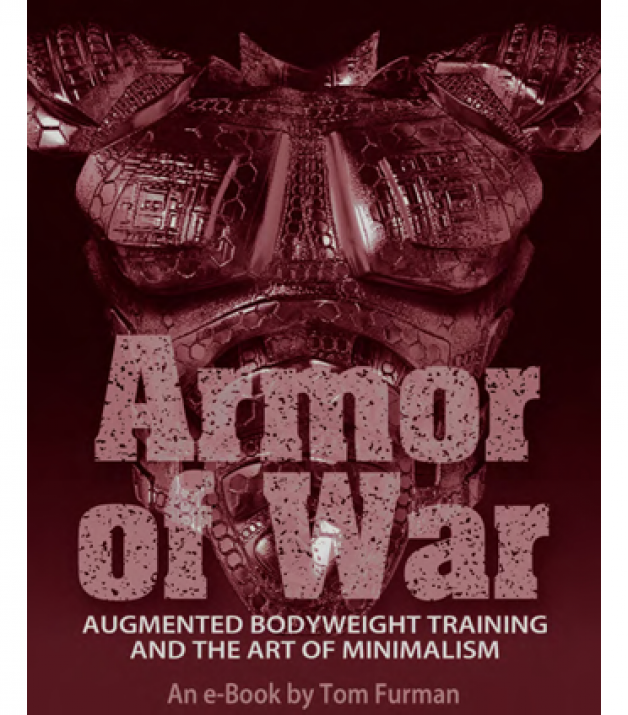After the holidays there is a rush to, “lose weight”. Almost everyone worries if they picked up extra poundage over Thanksgiving and Christmas. As if dieting in January, after those same old resolutions are made, has a different effect than dieting in July.
The truth is, “losing weight” is a non exact term. You want to lose fat. I’ve said that to people and have them reply, “Oh I don’t care what I lose, I just want to weigh less”. As if some magical figure on the scale determines health, mobility and long life. People can manage numbers, but when you start talking about components of the body, calories, activity, fat vs lean, etc, their eyes glaze over.
Here are some general concepts about dieting, exercise and fat loss that will educate you.
- Both muscle and fat burn similar amounts of calories at rest. This is from current research. Muscles at 6 cals per pound and fat at around 2 to 3 calories per pound. The difference is 3 to 4 calories.
- When you lose 20 pounds of fat, your metabolism will be slower. 20 x 3 is 60 calories less burned.
- Gaining muscle is hard, so gains come slowly.
- Adding 10 pounds of muscle would only make you burn 60 more calories.
- So losing 20 pounds of fat and gaining 10 pounds of muscle in theory would cancel each other out. It would also be very hard to do since losing fat and gaining muscle don’t occur like, “Before” and “After” photos lead you to believe.
- For those who are not aware.. a pound of fat is 3500 calories. Most people don’t consume that much food in a day.
- So by not eating at ALL, you wouldn’t lose a pound of fat in a day.
- You could lose WEIGHT. That would be primarily water, bowel content, glycogen in the muscles and liver and a bit of fat.
- Extreme low calorie diets lack ample protein which slows muscle loss in a negative calorie balance.
- Exercising to “burn off what you ate”, is a misnomer.
- Running a mile burns around 120 calories. Less if you are a woman or smaller.
- Therefore you would have to RUN around 30 miles to burn off a pound of fat.
- Remember too, a Burger King Whopper is 650 calories.
- A pound of muscle and a pound of fat each weigh one pound. [Shocking, yes I know].
- The most biologically active components of the body are the organs. Heart, kidneys, brain, etc.
- A sound strategy for FAT loss would include resistance training to maintain muscle mass, aerobic activity to mildly increase average, weekly, caloric, expenditure and a reduced calorie diet that is balanced in macronutrients and generally higher in protein.
- BodyWEIGHT is an inaccurate assessment of body composition, but measuring weight, waist size, caloric intake, strength increase and cardiovacular output [distance, duration, mode and heart rate] are all simple tools to achieve sensible goals when used together.
- Male athletes are around 6 to 13%. Female athletes will be higher due to hormones.
- Obesity for adult males is 25+ % bodyfat. For women it is, 32+%. Morbid obesity is 100 pounds over ideal weight.
- Group support and coaching are often effective means to adherence.

